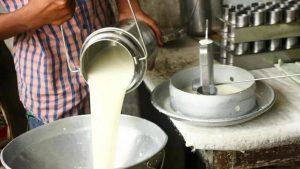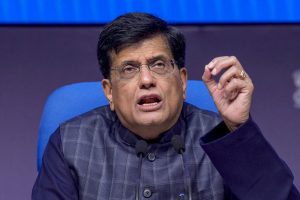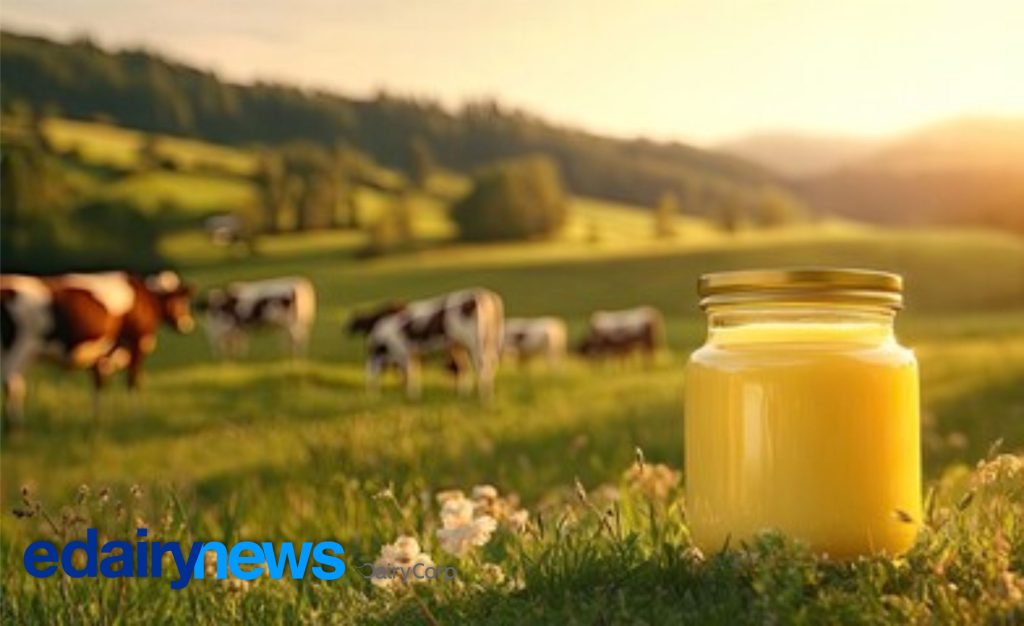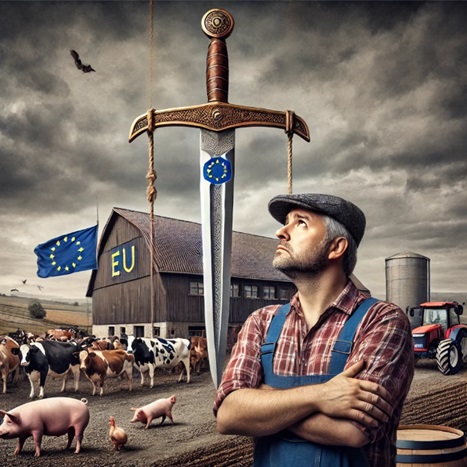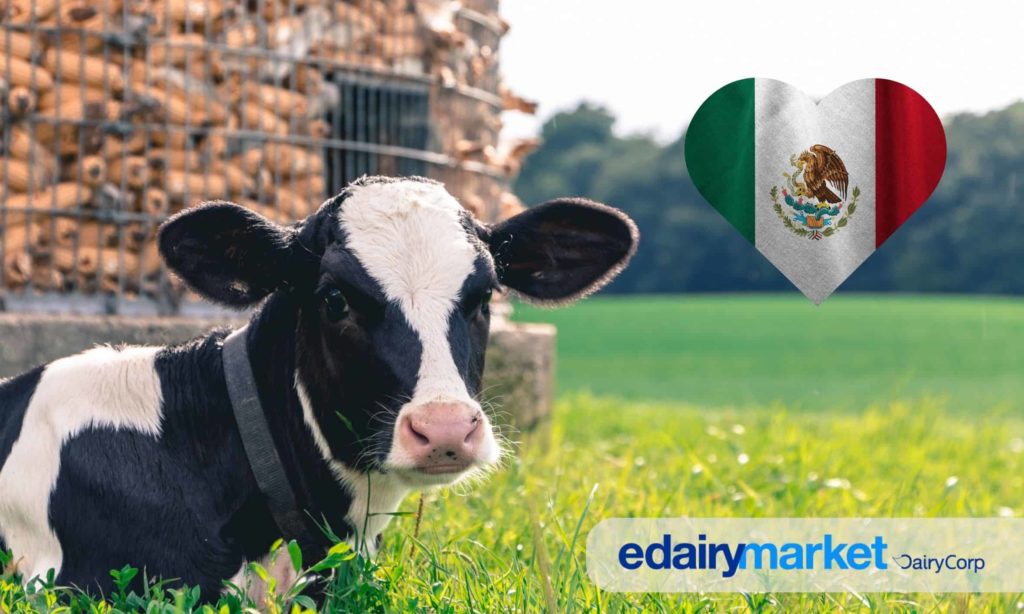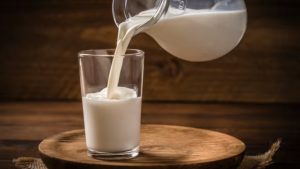
New Delhi rejected US access to its massive market over cultural taboos and fears of annual ₹1 lakh crore loss to domestic dairy producers.
The impressive growth of India‘s dairy sector, which transformed from a struggling industry to the world’s largest milk producer in less than a decade, became the unexpected focal point of a major trade dispute with the United States during the Trump administration. India‘s milk production surged by a staggering 63.56 per cent over the last decade, growing from 146.30 million tonnes in 2014–15 to 239.30 million tonnes in fiscal 2023–24. This monumental growth, representing nearly a quarter of the world’s total milk supply, dictated the collapse of trade negotiations when the US demanded access to India’s market.
The primary reason New Delhi flatly rejected the US demand was based on deeply rooted cultural and religious objections, particularly concerning the common American agricultural practice of feeding cows animal-based products, such as blood meal or meat scraps. For the large vegetarian population in North India, this practice renders the resulting product as “non-veg milk,” making it an “unacceptable contamination.” Given that milk holds a sacred status in religious rituals across the country, cultural identity became a non-negotiable factor in the dairy economics dispute. The economic stakes for dairy producers are equally massive. India’s dairy sector forms the backbone of rural livelihoods for over 8 crore farming households and contributes 5 per cent to the national economy. Economists project that unrestricted imports of cheaper, heavily subsidized American milk could result in devastating annual losses of close to ₹1 lakh crore for domestic producers. With almost 99 per cent of Indian farmers categorized as small or marginal producers, they cannot compete with US agricultural giants that received more than $20 billion in subsidies in 2022.
India‘s firm stance is backed by the transformative success of its domestic agribusiness policies and cooperative network. Initiatives like the Rashtriya Gokul Mission have led to a bovine productivity jump of 27.39 per cent between 2014 and 2022—the highest growth rate globally. The cooperative model, inspired by Amul, has expanded to include 22 milk federations and 241 district unions, covering over 2.35 lakh villages with 1.72 crore members.
The government is doubling down on this success with the launch of White Revolution 2.0 in 2024, which aims to increase cooperative milk procurement to 1,007 lakh kg per day by 2028–29, supported by a budget allocation of ₹3,400 crore for the revised Rashtriya Gokul Mission. For the US, the dispute was commercial, but for India, it represented a clash between market logic and the fundamental principles of cultural identity and food sovereignty. India ultimately stood firm, leading to the US imposing 50 per cent tariffs on Indian exports, though trade has continued to thrive despite the tension.
Source: Review the full data journalism report on India’s dairy sector and US trade tensions from The Week.
You can now read the most important #news on #eDairyNews #Whatsapp channels!!!
🇮🇳 eDairy News ÍNDIA: https://whatsapp.com/channel/0029VaPidCcGpLHImBQk6x1F




